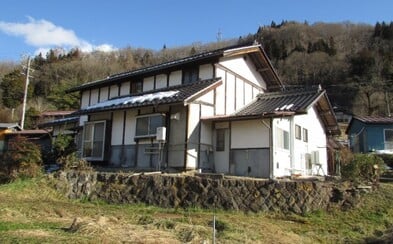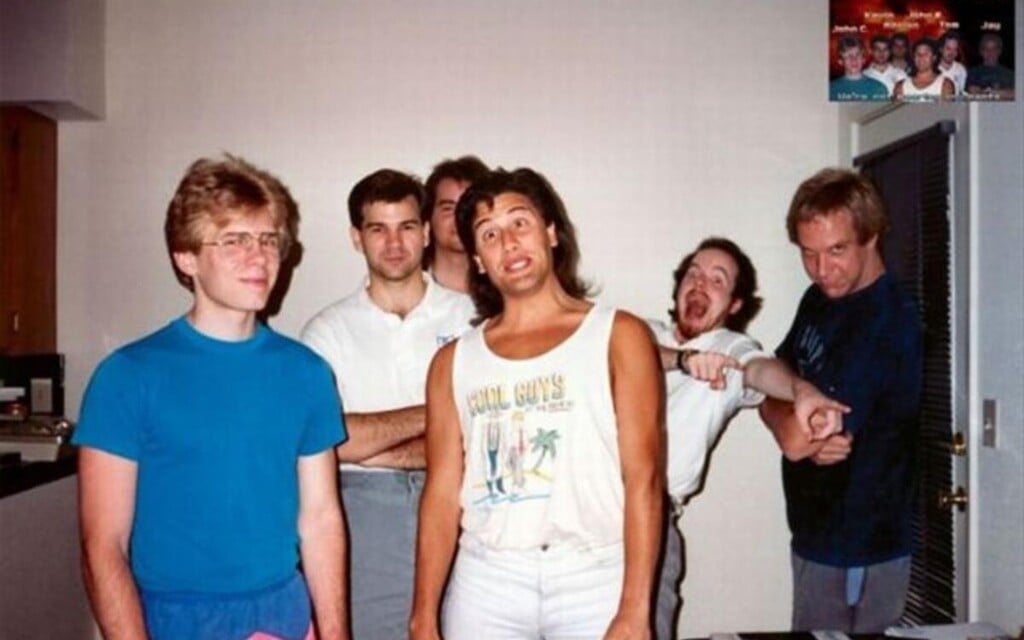 Emmie Makes A Living As A Dog Sled Guide: Rich Norwegians Like To Rummage Through Garbage To Save Hundreds Of Euros
Emmie Makes A Living As A Dog Sled Guide: Rich Norwegians Like To Rummage Through Garbage To Save Hundreds Of Euros
Emmie Makes A Living As A Dog Sled Guide: Rich Norwegians Like To Rummage Through Garbage To Save Hundreds Of Euros
Emmie Makes A Living As A Dog Sled Guide: Rich Norwegians Like To Rummage Through Garbage To Save Hundreds Of Euros
Europe's Most Dangerous Housing Project as a Scene for Bloody Mafia Wars. Social Housing Gone Wrong.
Mafia, poverty, violence and murder in broad daylight. Such is the story of infamous Italian brutalist housing project that didn't turn out right.
If problems persis, please contact administrator.
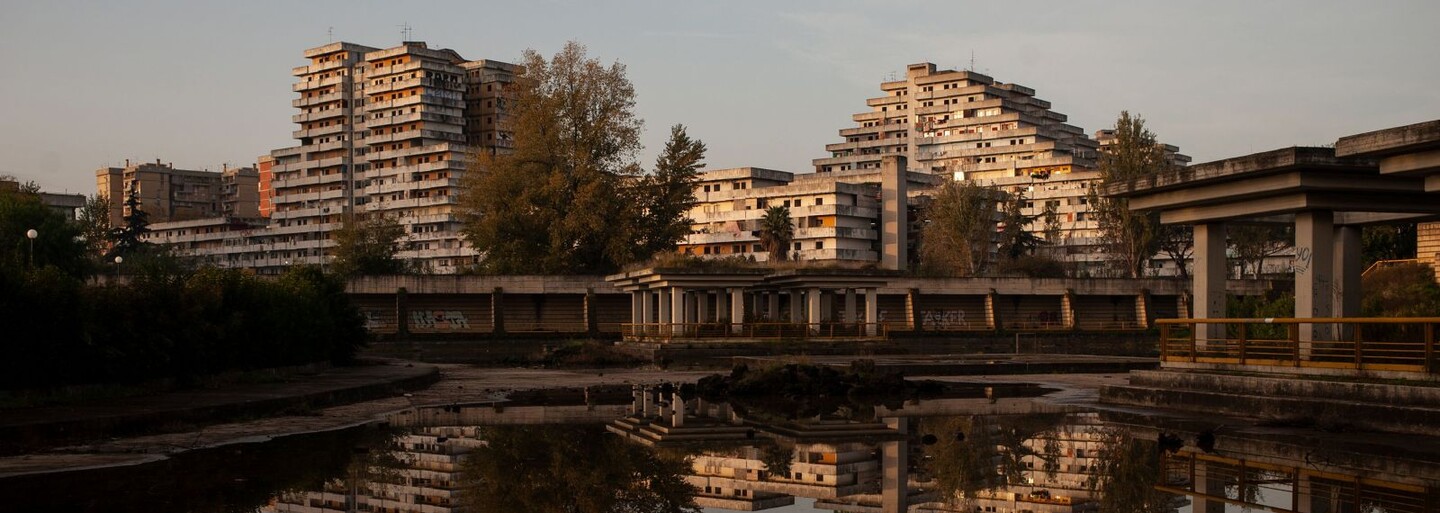
A crowd of journalists and locals has gathered underneath the brutalist building Vele di Scampia in the northwestern suburbs of the Italian city of Naples. Just a few days before the coronavirus took over the lives of hundreds of thousands infected citizens, and hijacked the attention of all media and political subjects worldwide.
Looking up nervously, they came to watch an end to one of the city's chapters. A demolition of its distinctive landmark - cursed, beautiful, hideous, monumental and brutalist. It could never be overlooked by anyone passing by. Nevertheless, people tried to rather avoid this place.
It was mainly due to its infamous reputation, since it was ruled by a mafia clan and people behind the walls of the apartments lived in extreme poverty there. This place could easily resemble a ghetto. Or the set of the famous Gomorrah series.
The truth is that this place has turned into a point of sale for drugs and prostitution and a crime scene that was neglected for a very long time. Wide and empty sidewalks, no coffee places, no shop in sight, just rats and garbage.
A bulldozer bites into the old concrete walls, breaking the building down to the ground. It's a powerful moment for those that have spent a portion of their lives behind these walls. Watching their former base crumble before their eyes can't be easy, even though it was becoming increasingly run-down over the recent years.
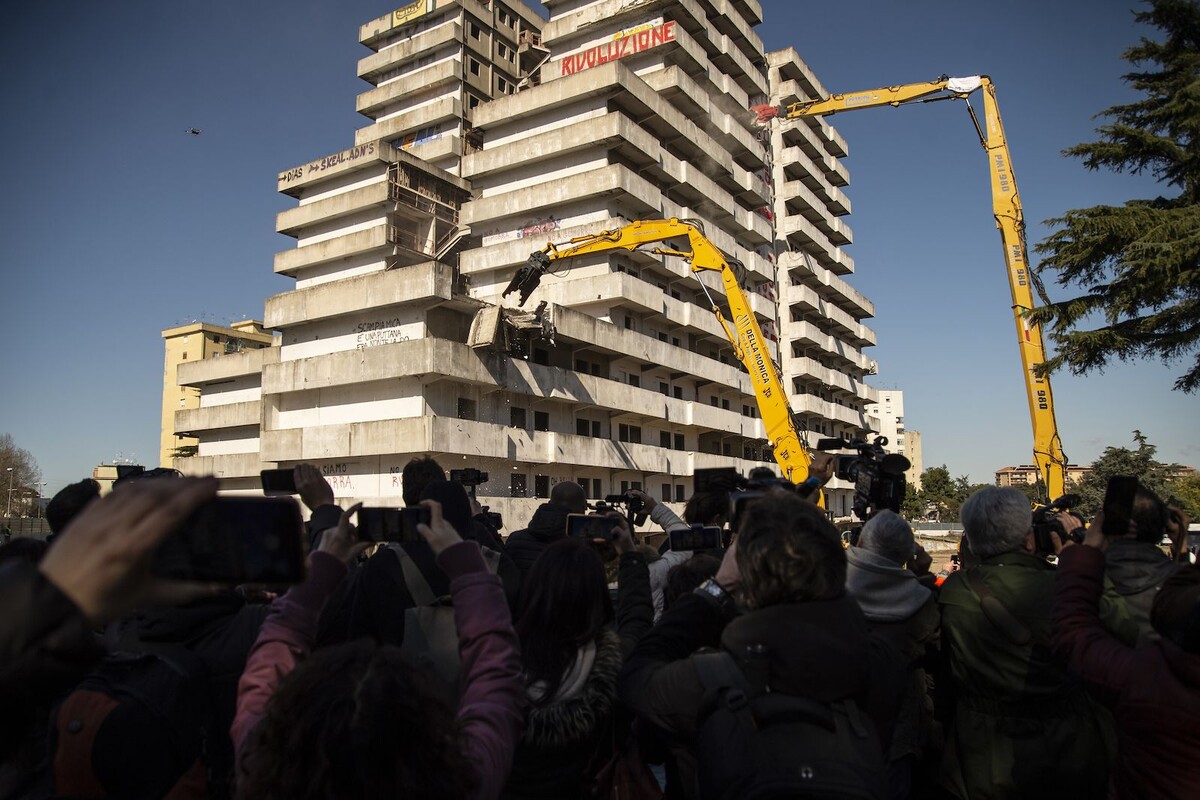
Asbestos dreams and heroin shootouts
Undisguised hotspot for heroin, cocaine, weapons, prostitution and murder in broad daylight. Is it possible that an inappropriate choice of architecture can have such a serious impact on the population living in it?
The housing estate was established as a social housing project in the 60s. The name Vele di Scampia (Sails of Scampia) is based on the building concept that resembles wind-powered marine sails with its shape. Just like many other brutalist complexes of the time, it was meant to be an experimental solution to accommodate the poor class of people.
Architect Franz Di Salvo was inspired with the Marina Baie des Anges complex. The timeless project could transform the abandoned coastal space into a luxury holiday resort.
The Scampia experiment itself had entertained the thought of minimalizing the apartment space and instead creating an external shared space where the locals would meet. Each of the seven apartment blocks was meant to serve 240 households. The idea was to follow the spirit of the cozy Neapolitan streets. Moreover, this design reduced the construction costs.
As romantic as this idea was, the architect had to make a number of compromises. There was no money left for the original plans, because the officials simply stole it for themselves at the time.
The whole concept needed to be reshaped. This reflected in the use of much narrower alleys between the houses and impractical "internal staircase" which significantly impaired the lighting, ventilation and habitability of the structure. The cuts also affected the originally planned shops, hairdressers and other services that were meant to help the local residents with employment. They were simply missing entirely.
Moreover, the Scampia buildings have used toxic asbestos, the danger of which only became a topic a few years later.
It's as if all of these problems were symbolically meant to be an omen. To make matters worse, Italy was hit by an earthquake in 1980 and some of the buildings weren't even completed. They became occupied by homeless people. Other people had no choice but to stay.
A few years later, this place became a doomed hell on earth. According to the Guardian, an idealistic solution to a complicated housing issue had turned into a slum with people cut off from work, which inevitably escalated into crime and more problems.
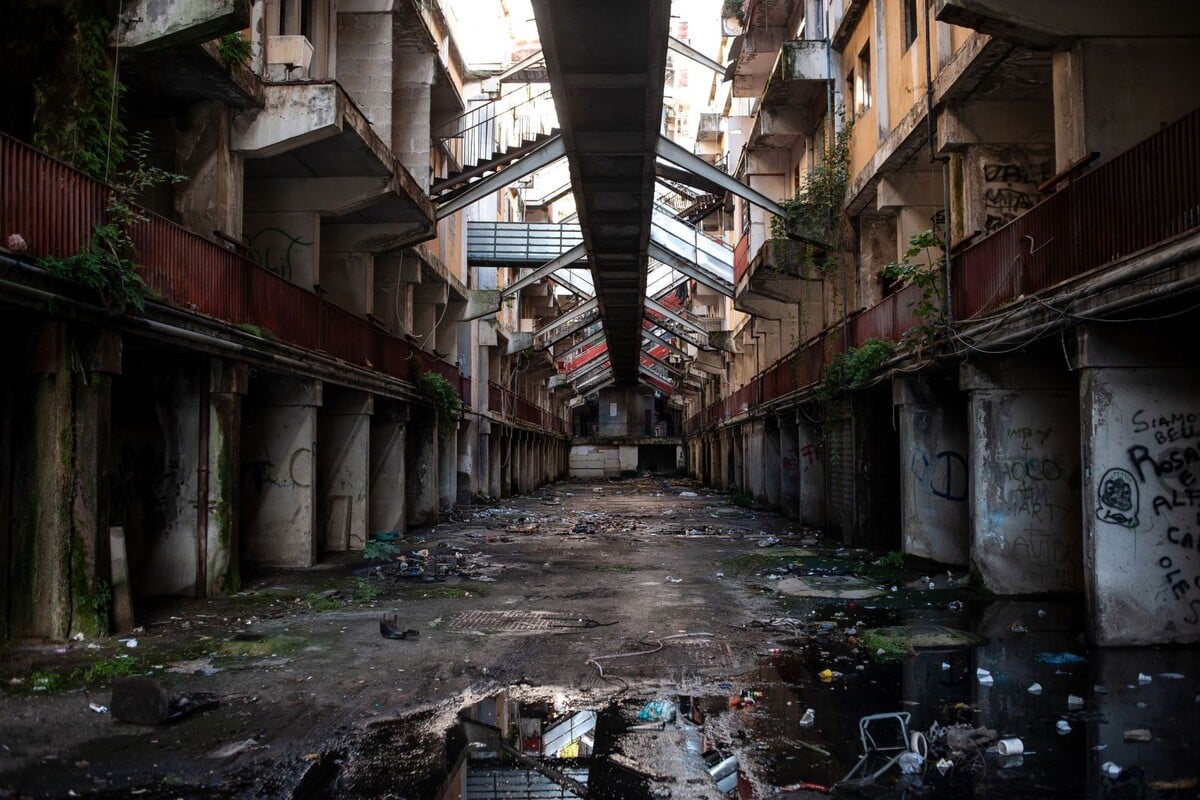
To be part of the System
Poverty, absolute lack of interest of the police and absence of the promised "social assistance" have transformed the housing complex into a dystopian scenery. Stressed people without a job, a lot of unresolved garbage and disregard of police and authorities. That's how far the influence of mafia went.
According to the locals, these are considered to be the cruelest mafia clans in Italy. Cosa Nostra, 'Ndrangheta and Camorra, also known as „o´sistema“, or System, amongst gangsters.
The latter has established its center of influence in the Scampia housing. In social housing, where no one was completely innocent at the time, according to the witnesses that spoke for Newspeek.com. They weren't all necessarily criminals, but every day they'd become witnesses to murders, robberies or other forms of crime. Neapolitan gangsters have also found a source of money in toxic waste.
Growing up in this housing complex meant playing with the ever-present garbage, used needles from addicts and feeling that it might not be safe to hang out somewhere alone.
Camorra is a mob. However, it doesn't have a structure like any ordinary clan does. It's more of a mechanism than a group in a true sense of the word. In society it's undistinguishable, therefore it also can't crash or be dispersed. It has been vanishing and reappearing since the end of the 19th century and has thousands of members.
Creating its own rules, its own interpretation of justice and its own laws. A parallel universe that isn't talked about. Capital is invested into drug sales, prostitution, untaxed cigarettes, lending money to locals, making counterfeits or expanding casinos. They also invest in various real estate companies. Anything that makes money.
In the 80's, they've claimed Scampia as their home and industrial waste treatment as an attractive source of money.
It was a dangerous activity, since they were also employing teenagers, but most of all it was a lucrative business. However, they didn't do their job consistently, so it often happened that the chemical and heavy-metal containing waste was just laying around on the streets or surroundings of Naples. The kids were playing in it. As a result of pollution, these kids and many others have died of cancer according to BBC. Its occurrence in Naples has increased by 40% in women and 47% in men. The chemicals also got in the soil, which affected the livestock farming in the Naples area.
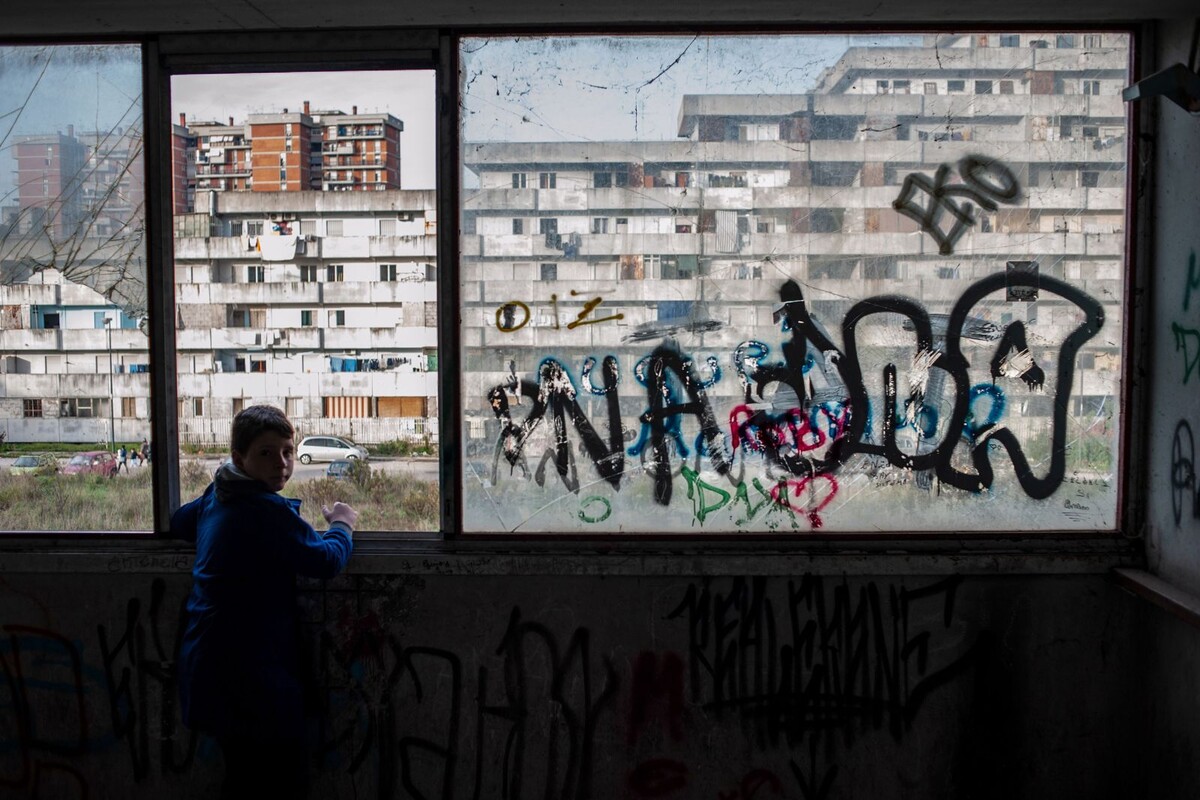
The government didn't do anything about this progression in the now populated and dreaded social housing project. The inhabitants that wanted to live and raise their children there suffered the most. Buying heroin in the labyrinth of the housing is just about as easy as getting involved in a fight amongst teenagers offering their services here.
The locals had no option but to get used to the daily shootings. The mafia helped them in return by protecting them and seeking out work, although it wasn't exactly promising.
Scampia feud
Life in the housing complex kept on going this way. From time to time, some of the Naples high-ranking officials tried to do something about the unstoppable rise of the mafia, or at least reduce it somehow. However, as soon as the power of the System gets weakened by any means, it will take it back in a much more brutal way. This then gave rise to bloody wars that caused the deaths of guilty and totally innocent people alike.
One of the most significant clan wars was in 2004. „Prima faida di Scampia“, translated from Italian as „Scampia Feud“. As described in The Independent article from the time - mafia was getting rid of its opponents in the most cold way possible, performing shocking murders publicly in broad daylight.
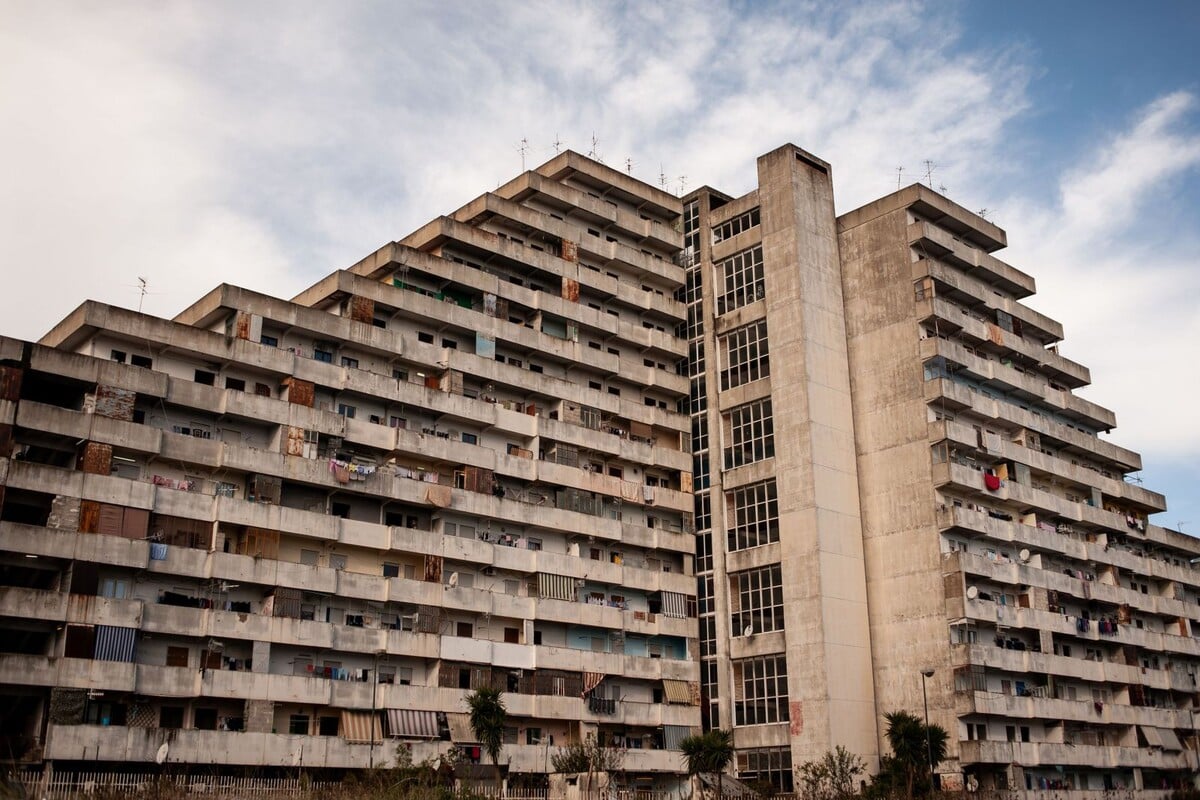
They got rid of every traitor, or informer cold-bloodedly, including his family, friends and acquaintances. Among others, 21-year-old Gelsomina Verde died, her only crime being "a relationship with a gangster". But also a 14-year-old Annalisa Durante that was killed in front of her house. Right on the street, among people. According to a long list of victims, this girl was killed by "an accident".
This brutal war had 139 victims during 2004 alone. A year later there was 90, followed by 97 the next year. The bloody consequence of settling scores continued for a few days.
Maybe that's what had moved the 27-year-old Italian journalist Roberto Saviano to write a book about the mafia structures. He infiltrated directly into Camorra's circles. As a worker in an illegal textile workshop or as a waiter in one of the mafia-owned restaurants.
Thanks to this dangerous and thorough research, he had managed to compile a unique statement about the peak of the Camorra clans. The emotional story is not any less interesting today than the day of its release in 2006. At that time, it really launched an Italy-wide debate on this topic, inflaming the members of the mafia that wanted to kill Saviano.
Czech journalist Michal Josephy also headed over to describe the local mannerisms in 2009. Everyone warned him against visiting the housing and he was eventually assaulted there. „I'm taking pictures and suddenly I get spotted by a local gang. I guappi aim for me, surround me and cut me off from my path. The first thing that comes to my mind instinctively is that I must not express fear. ,“ he describes in his story.
The reporter had to make an excuse that he only photographed local architecture there. Only then did they let him leave. „We're selling drugs. Nobody can come and just take pictures here. Especially not of us, for potential identification. Everyone here is damn careful about that,“ said the boys and they've let him go, finally. He saw dirt, rats, garbage and drug dealers.
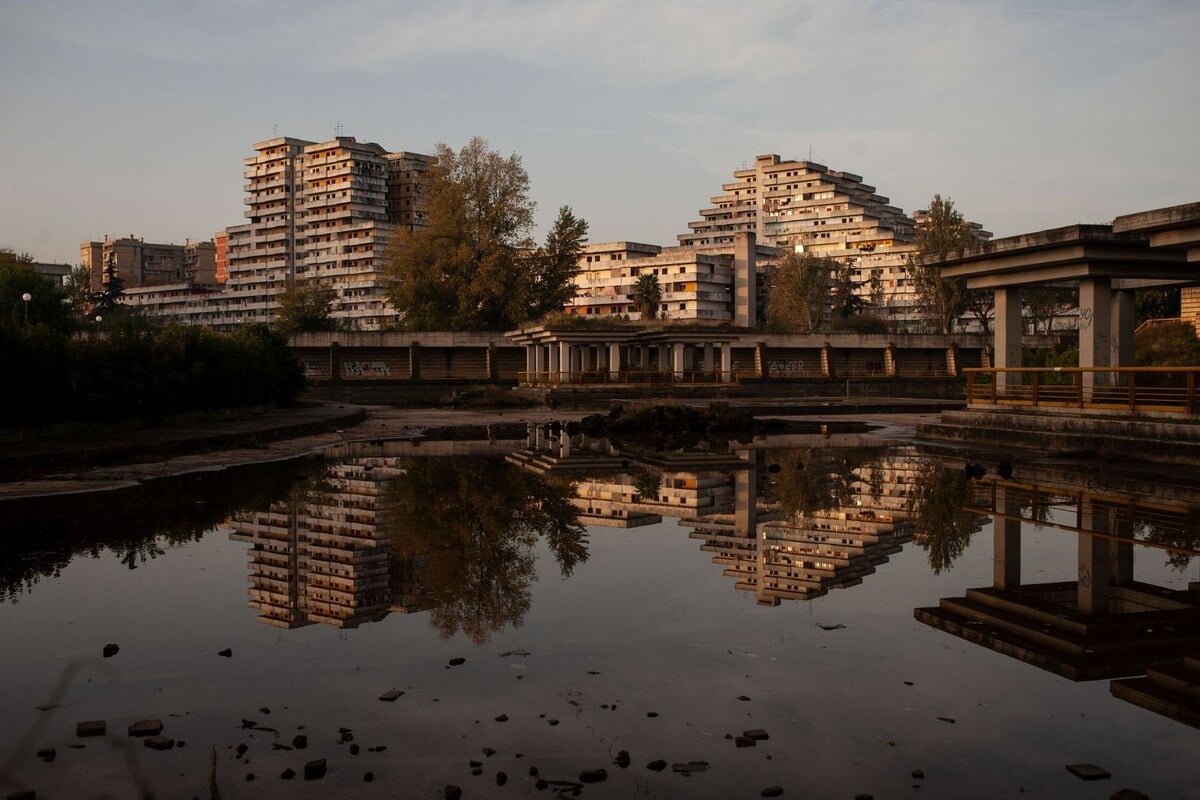
Scars from mafia wars
A raw film drama of the same name was released, based on the book. It gave the antiheroes a face for the first time and a successful series dove into the sceneries of real Scampia in 2014. As Lorenzo Liparulo from Scampia, who helped to negotiate the terms with staff members, wrote for The Guardian, selling out the face of the housing was a risk, but also an opportunity.
„We knew we were selling our souls to the devil during the making of Gomorrah. But it was an opportunity we couldn't afford to miss. The production company has paid for the maintenance of the buildings and employed locals as extras,“ he remembers. After the departure of the film crews, Scampia awoke to the ordinary reality, reinforced by the fact that the popularity of the film and series was enormous.
This specific housing project started attracting masses of tourists that were leaving the over-sweetened tourist core to take pictures of buildings whose inhabitants often trigger distorted ideas in their minds.
Selfies with Instagram filters have managed to widen the gap between the regular residents of Scampia and their inclusion in normal life. Symbolic climax of a long struggle between the locals that are desperate for life and the shrugging authorities. The inhabitants of the housing claim that 70% of the unemployment there is due to the cruel mafia wars that have cursed the place forever.
Scampia is not a zoo and the people living here are not animals that should just be photographed or pose with poverty as a backdrop.
The gloomy glory of the housing, but Camorra itself and its influence has also shifted to the internet, through the young members. The author of the Gomora book Roberto Saviano has talked about it.
„The young generation is Camorra 2.0. 30 years ago, the members of Camorra followed one rule: you must be known in your territory, even popular, but no one outside may recognize you. But the young people are online, on Instagram, Facebook, putting videos of shootouts on WhatsApp,“ says the writer who still has to be protected by the police.
It might be risky to show such things on the internet, but it also shows that mafia still exists here. It didn't disappear and its influence is real, even though it might not be as visible as before. „If they decided not to risk anything for the police, then they would not exist. If they didn't post anything on the social media, they wouldn't exist. The members of these clans are making their names and surnames public on social media, including letters in the brackets that express their belonging to the group,“ he described the functioning of the next generation.
The publication of the book has changed his life personally. Since 2008 he has to be under constant police protection. He lives in secret, changing places of residence often. Constantly worries about his family safety and according to his own words, he feels guilty, because he's still alive.
Camorra still has companies all over Naples. If you ever buy pizza, coffee or any other local delicacy there, you'll probably support local mafia. That's how ingrained it is in the public life. It even threads through various intermediaries all over Europe.
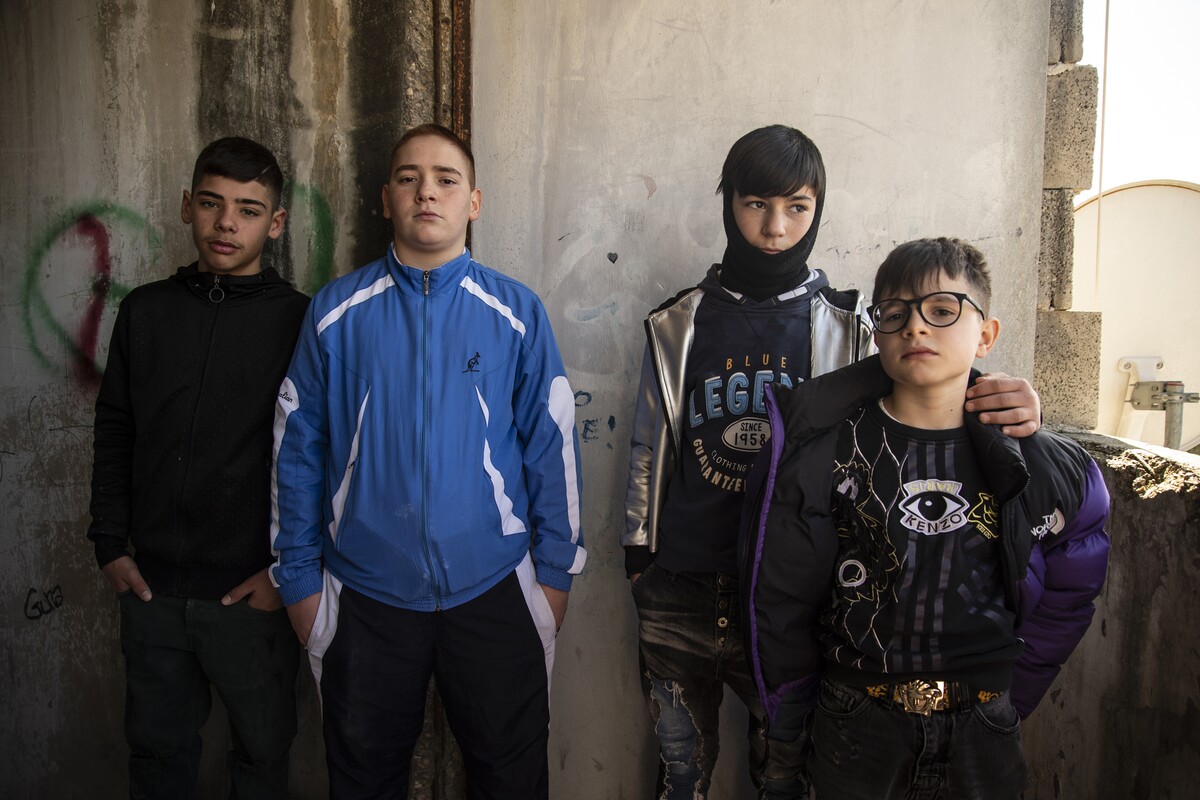
Scampia isn't Gomora
Of the original seven buildings on the location, only the last four remain. There is no other option. Infamous reputation and walls soaking in moisture, covered with mold, demand drastic solutions. Some families who have lived here were offered alternative housing in the close proximity.
Three more buildings will also disappear and the last building B will be the only one to remain. It will be reconstructed. According to the plans. That's what they've been saying for 25 years now.
According to The Guardian Luigi de Magistris, the mayor of Naples, said that the bulldozers tearing down the concrete panels to the ground represent a beautiful day not only for the whole city, but for entire Italy. The inscription on one of the collapsed walls said: „NON SIAMO GOMORRA“ written by one of the local residents. Meaning: „WE'RE NOT GOMORA“.
The housing project as a symbol of degradation, fear and sorrow was supposed to finally be transformed and its story to become a definitive past. However, this plan is being postponed due to coronavirus.
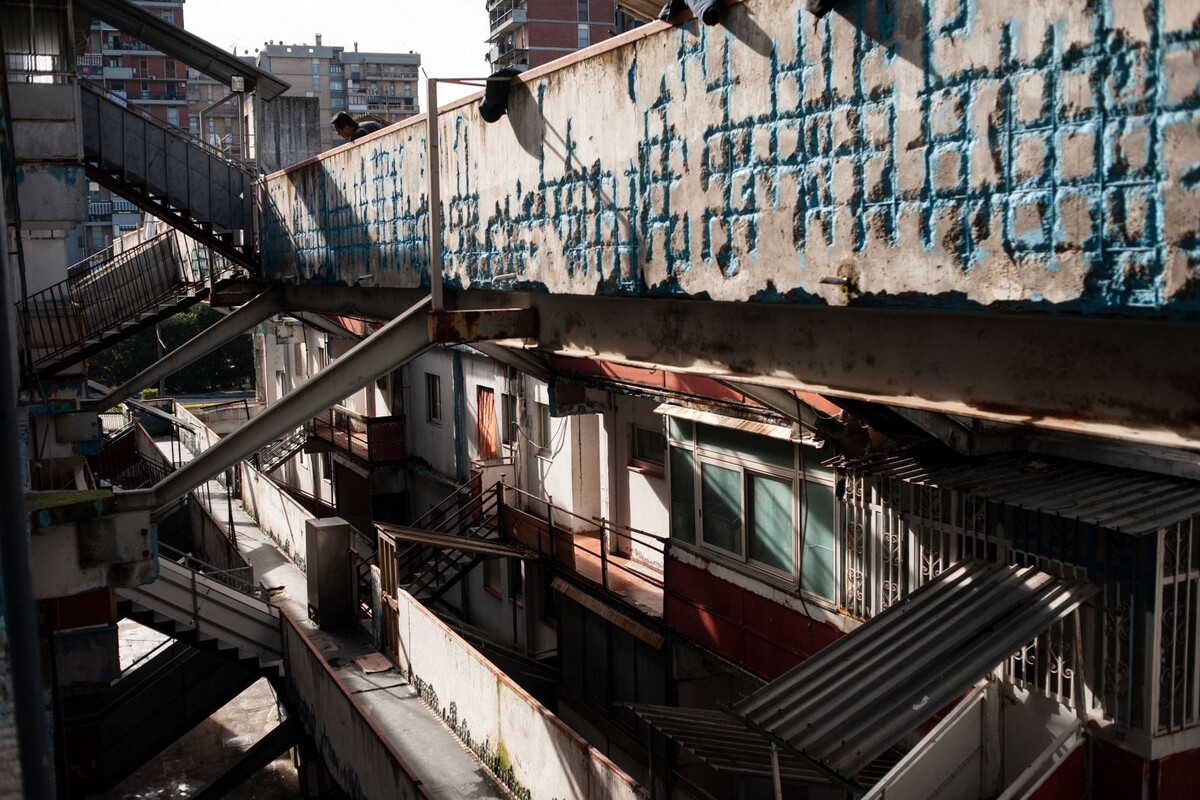
The original 40-day demolition doesn't continue. One day the bulldozers have left and the workers also didn't come back. The space in front of the housing fell into silence.
The story of Scampia doesn't end there. „With the demolition of the buildings, all of our lives came to a halt. Their demolition is not just a breaking up of a decaying structure unsuitable for human life. It's also abandonment of the idea that it's possible to live without any protection and dignity,“ states the Scampia committee.
The arrival of the coronavirus pandemic has completely shifted the attention away from the problem, however, it continues to exist. There's still people living in the remaining buildings, not knowing what will happen to them and having nowhere to go. The future of residents living in a district with one of the highest unemployment rates in Europe remains uncertain.
If problems persis, please contact administrator.




